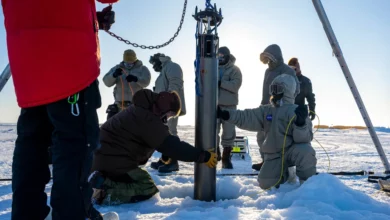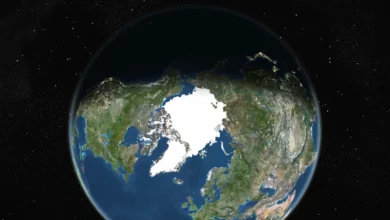The United Nations Environment Program (UNEP) recently released a report titled “Environment Outlook for the Arab Region” in cooperation with regional organizations and centers alongside the governments of 22 countries in the region. The report–published at the request of the Council of Arab Ministers Responsible for the Environment (CAMRE) in 2005–provides a comprehensive overview of the region’s environmental problems from 1972 to 2009.
The report addresses policy makers in the Arab world as well NGOs, academics, private sector enterprises, and aid organizations. It aims to transform prevailing challenges into opportunities by studying possible courses of action for Arab governments and policymakers.
The first part of the report emphasizes the importance of environmental protection to plans for economic development, while outlining the negative impact of development, population growth and rising poverty on the environment.
Population growth, according to the report, remains the main cause of environmental damage in the region–largely a result of increasing domestic and industrial waste as well as the abuse of non-renewable resources. Poverty is another factor in unsustainable local practices, which are aggravated by a lack of government services.
The second part of the report provides a summary of overall environmental trends between 1972 and 2007, paying special attention to the status of water resources, land, coastal zones, human settlements, biodiversity, and the atmosphere.
Water resource management is one of the most serious issues facing the region, according to the report, which proposes solutions to the looming prospect of water scarcity such as desalination. It notes that a survey of 12 Arab countries found that the average share of water per person is 500 cubic meters per annum, a figure halfway below the water poverty line.
Land resources, says the report, are also at risk. Land ownership per capita decreased by one half between 1980 and 2007, which has led to serious food shortages. Desertification–which often results from land misuse–also has an adverse effect on overall land resources. The report projects that desertification will increase due to the effects of climate change.
Ecosystems in coastal areas around the Arab world are negatively impacted by human activities such as industrial and agricultural drainage, which have an adverse effect on marine life. The report details how economic development projects have in many cases reduced biodiversity over the last thirty years. As a result, natural preservation is imperative.
The report goes on to look at current living conditions in the Arab countries, highlighting the positive and negative effects of foreign investment, armed conflicts and political instability on the physical environment. Regional conflicts in particular have been significant in terms of exhausting the region’s natural resources.
Four future projections (for the year 2015 and beyond) are offered by the report, while examining all possible scenarios that could impact the region as a whole. Achieving sustainable development will depend on many factors such as democratization, investing in human resources, and regional cooperation. Economic imperatives should not be the main force driving national and regional policies, but instead social and economic development must be pursued in parallel.
The report concludes by outlining various policy goals, which include improving the standard of living for Arab citizens, shifting to a green economy, and adopting unified strategies based on cooperation between countries in the region. The report also stresses the need to change production and consumption patterns that harm natural resources; social and environmental awareness is predicted to be necessary. Finally, the private sector must also be encouraged to invest in environmentally-friendly projects.




